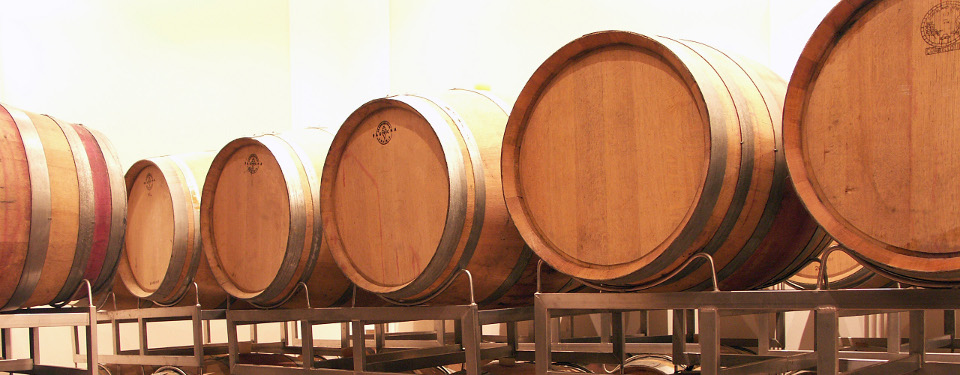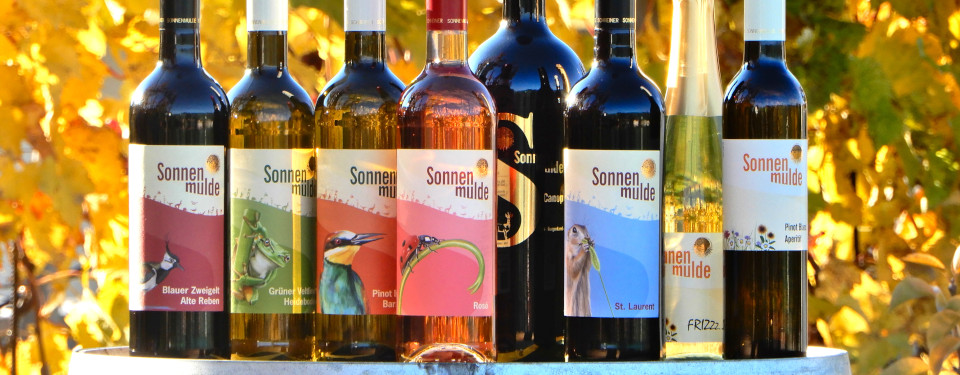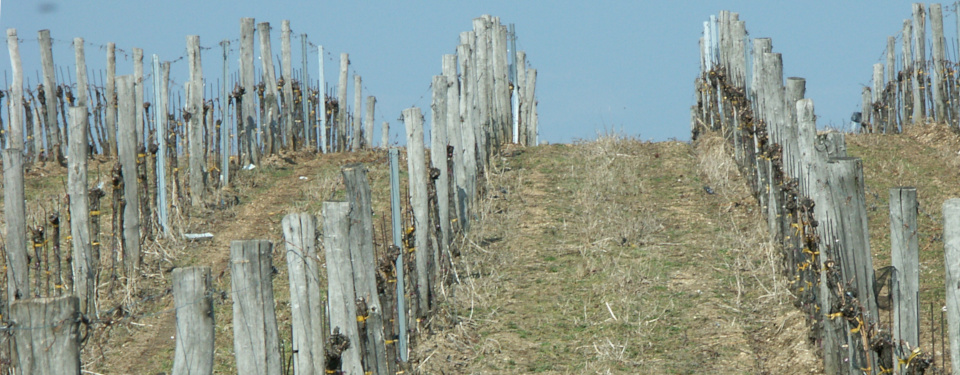PIWI cultivars
« 2011 | 2010 | 2009 »
Current News » Events »

What does PIWI mean? PIWI is an abbreviation for the german word “pilzwiederstandsfähig” which translates into robust against fungal threats. There is a big interest in such grape cultivars mainly in organic winegrowing but also in conventional farming the attention is growing.
When downy and powdery mildew arrived in Europe in the 19th century together with the vine vretter, the european winegrowers were completely unprepared. The noble grape cultivars that were exclusively used for wine production back then as well as they are nowadays, have no defences against these pests and were quickly decimated. The vine vretter problem was soon remedied when it was discovered that one could graft a noble vine onto a phylloxera resistant wild american one. Combating the fungi proved to be much harder and even today wine production is not possible without the help of at least some fungicides.
Of course there is quite a spectrum. From thoughtless application of chemicals which unfortunately still happens in some parts of the world, to better, more modern but still chemically synthesized agents or even purely natural compounds that are used in organic winegrowing anything is possible. We as an organic farm fully concentrate on interacting as gently as possible with the nature in our vinyards. But wouldn’t it be nice to be able to completely forget about plant protection because the plants can take care of themselves?

That’s where PIWI cultivars come into play. From the first appearance of the pest fungi people tried to breed the european cultivars togehter with resistant american vines that for themselves unfortunately do not yield useable grapes. At first these experiments did not produce valuable results, some vines of this first generation interspecific crossbreeds are nowadays known as “Uhudler” in Austria but only exist in their very specific niche. After that the field was pretty silent for a long time and other breeding goals like wine quality and yield were the focus of most attention, leading for example to the Zweigelt (1922) one of the most famous grapes from that era. Otherwise from the 1950’s to the 70’s people mostly depended on chemical agents for plant protection.
In Austria the year 1970 brought a new uplift. In this year new crossbreeds from european cultivars and vines from the “Uhudler” generation were made that lead in the end to the development of two new red grapes, Roesler and Rathay. Both of them are already in use for winemaking in Austria and produce excellent wines. The downside is, they are still not completely resistant against fungi and still have to be treated with some fungicides altough to a much lesser extent. Seeing that, yet another attempt was started to produce even better cultivars, and now this effort bears it’s first fruits.

The three pictures show some of the new grape cultivars that not only produce excellent wines, but are also quite resistant to grapevine fungi. The crossbreeds were made by Ing. Georg Weiss and Dr. Gertrude Mayer who were able to base their work on the experiences that were gathered in the development of Roesler and Rathay. Because these breeds are so new, experimental fields have been set up in several winegrowing areas to get first hand experiences from practical work in the vinyards as well as from winemaking.
Being a forward thinking organic wine farm, we also planted a small area with PIWI vines some time ago and last year we could for the very first time harvest a few grapes. Currently the wine still ages in our cellar but in the summer it will be ready for tasting. We are thrilled by its current development but in the end it will of course be your’s to decide if you like it as much as we do.
Page Top »










